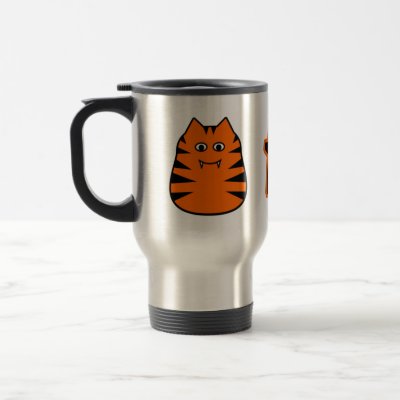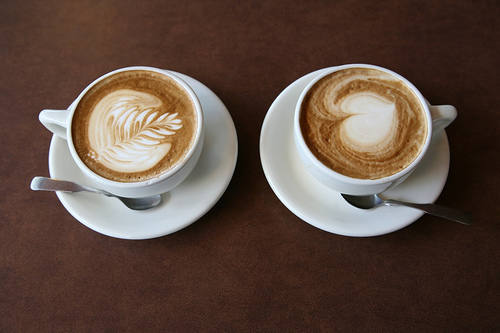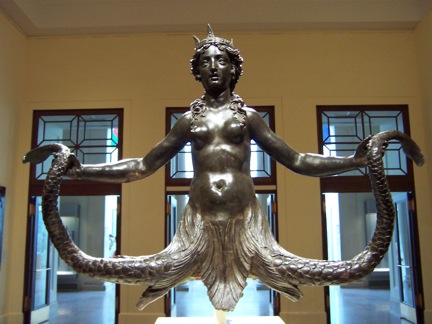
So I've been stupidly emotional today. I decided I'm gonna blame it on the moon. Or something.
Can I do that?
Let's google it.
First, some interesting facts about the moon and it's symbolism, as taken from a fully new age-y type website ( I mean, they are the experts on this stuff):
New MoonThe new moon occurs when the sun and moon are in conjunction, occupying the same part of the sky from the viewpoint of earth. During this time the moon doesn't reflect the light of the sun, and so cannot be seen (except during a solar eclipse). The moon's un-illuminated side is facing the earth.
The new moon phase is the time of new beginnings - like the Maiden form of the Goddess and the season of Spring. The appearance of the new crescent moon was celebrated as a return of the moon from the dead.
This is a time of growing energy, newness, rejuvenation, growth, renewal and hope. It is a good point to make changes in your life, such as ending bad habits or relationships.
Full MoonThe full moon occurs between 14 and 15 days after the new moon, and is shaped like a complete disc. The moon's illuminated side is facing the earth. The full moon reflects the maximum light from the sun.
This moon phase is the time of abundance, ripening and completeness - fertile and shining with the full power of feminine secrets and mysteries - like the Mother form of the Goddess, and the season of Summer - pregnant with life.
A child born during a full moon should live a long and healthy life. This is the time when the moon's energy is strongest and full of magick power.
Legendary werewolves supposedly only emerge at the full moon.
Moon PhasesWaxing - the moon is growing larger in the sky, moving from a narrow crescent just after the new moon towards the full moon.
The waxing moon grows from right to left and is called the 'right-hand moon' - the crescent is like the curve between the right-hand's index finger and thumb.
Waning - the moon is decreasing in size, moving from the full moon back towards a crescent as the new moon approaches.
The waning moon decreases from right to left and is called the 'left-hand moon' because of its similarity to the curve on the left hand.
Energy is now waning with the moon herself, and is linked with the Crone aspect of the Goddess.
Gibbous - during the phases between the First Quarter and the full moon, and between the full moon and the Last Quarter, when more than half of the disc is illuminated.
Now, different types of moons that are unique:
The moon rises around sunset when it's a full Moon, and sunrise when it's a new moon.
Moon months
Our months are linked to the movements of the moon. The moon passes between the earth and the sun every 29½ days - then there is a new moon. In Jewish and Muslim calendars a new month begins - all the months have 29 or 30 days.
Honey MoonThe June full moon was called the Mead or Honey moon. The name derives from the hives being full of honey at this time of the year. The honey would have been fermented and made into mead. Traditionally, a honey drink was taken after wedding ceremonies held on the Summer Solstice. This is the derivation of 'honeymoon'.
Blue MoonDue to the moon's cycle being 29½ days, there are occasionally - as in July 2004 - two full moons in one month (only happens on average every 2.7 years). Then the second moon of the month is called a 'blue moon'.
The next blue moon will be in June 2007. There will be two blue moons in 2018.
Dark MoonWhen two new moons occur in a month, the second is called a
'dark moon'.
The new moon is also sometimes called the dark moon - at this phase there is no illumination on the earth's side.
Harvest MoonThe full moon nearest to the Autumn Equinox is called the 'Harvest moon'. This is because for several nights it appears large and bright in the early evening, bringing farmers valuable extra time to gather in their harvest.
The Celtic year was once divided into 13 months - one for each moon occuring during the year.
And other fun facts about the moon:
Monday - the name derives from the Latin 'dies lunae' meaning - moon's day
The moon controls the tides of the oceans. So, if two thirds of the human body weight is water, then it is likely that the moon affects our emotions and energy levels. Remember the word 'lunatic' is derived from the Latin word for moon - luna!
Moon Beauty TipsThe period of a waning moon leading up to a new moon is the best time for detoxifying the body - release all your toxins and refresh.
This is the optimum time to exfoliate, use cleansing face packs, sea-salt baths, seaweed wraps, have facials and sweat it out in the sauna.
The phase when the moon is waxing up to a full moon is the time to replenish, regenerate and repair your skin with moisturizers and essential oil massages. Give your hair a deep conditioning treatment too, as it's believed that the skin and hair are more absorbent at this time.
MoonflowerThis beautiful, white, fragrant flower - ipomoea alba - opens at dusk from midsummer. This tender perennial climber with large, rounded leaves with heart-shaped bases, can reach 15 feet in a season. Scented, white 5-inch-wide flowers attract night-flying moths.
MoonstoneThis is the birthstone for June, and was believed by the Romans to hold captured beams of moonlight.
In India it is considered a sacred gemstone, a symbol of the Third Eye that brings good fortune and helps promote spiritual enlightenment.
This form of feldspar has a beautiful pearly lustre, reminiscent of moonlight. Its irridescent effect - 'schiller' - comes in many colours from translucent, pink, yellow, green, rainbow, gold and silver.
Sometimes moonstones are carved to show a man-in-the-moon face. Moonstone's energies are soothing, nurturing and feminine in nature. They can help bring calm, balancing yin/yang emotions and help us to become sensitive and loving.
----------
Well, that was a long post, but very informative. I don't know if any of that explains my over-emotionality tonight, but hey, sometimes you just need a good cry regardless of the moon, right?














